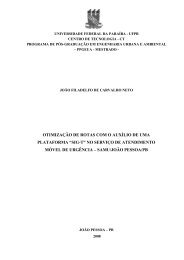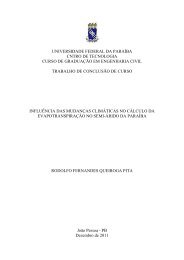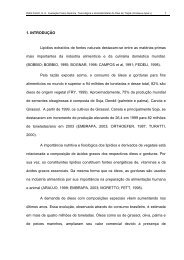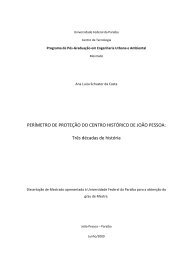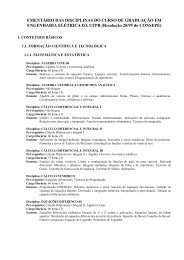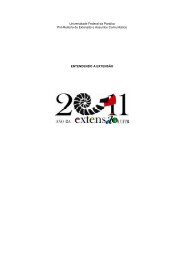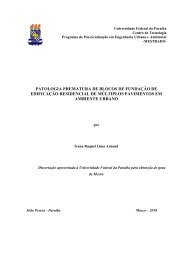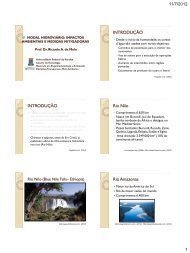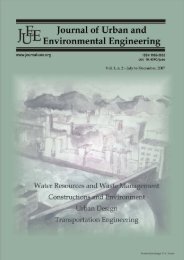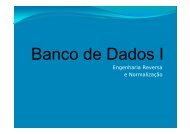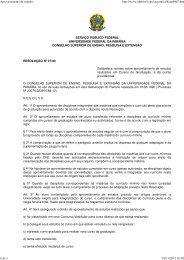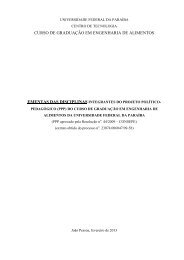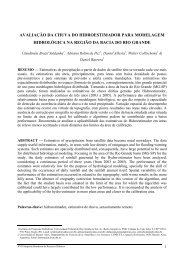editorial team
editorial team
editorial team
Create successful ePaper yourself
Turn your PDF publications into a flip-book with our unique Google optimized e-Paper software.
Ravindran and Nagendran<br />
36<br />
• Forest Fires Management<br />
• Managing Natural Resources<br />
• Waste Water Management<br />
• Oil Spills and its remedial actions<br />
• Sea Water - Fresh water interface Studies<br />
• Coal Mine Fires<br />
Environmentally, GIS technology can help assess<br />
large quantities of environmental sampling data. Most<br />
environmental problems are defined by boundaries and<br />
most corrective actions are driven by the spatial<br />
distribution of contaminants. The efficiency and rapid<br />
decision-making achieved by using GIS is significant.<br />
Traditional environmental investigation techniques can<br />
also be enhanced using GIS. By using GIS inside the<br />
campus for identifying the various resources, their<br />
utilization it will be easy for the authorities to mark the<br />
areas of resource wastage and various measures of<br />
reducing them can be employed.<br />
CONCLUSION<br />
Each resource conservation measure should be given<br />
top priority inside the University campus and the<br />
proposal to conserve resources was to be implemented<br />
immediately. Universities being the one of the largest<br />
consumer of electricity, water and other consumables<br />
main focus are to be given to conserver these resources<br />
and to optimize the utilization of resources inside the<br />
campus. By doing the same, Universities will become<br />
Eco-Campus, which will be an example for other<br />
industries to follow.<br />
Noise level inside the campus is found not be a main<br />
problem inside the campus even though it seems to be<br />
and its evident from the readings taken at various points<br />
inside the campus but its suggested that the main source<br />
of noise such as generators, heavy equipments are to be<br />
isolated from main study areas such as class rooms,<br />
library. Energy being a main commodity is to be saved<br />
precisely inside the campus and its main utilization<br />
should be on core applications such as laboratory<br />
equipments, and other appliances. Air conditioners are<br />
consuming more energy and are to be replaced by cost<br />
effective solutions wherever viable. Awareness among<br />
the students and staff members of the University to<br />
conserve the resource utilization is to be improved<br />
considerably which will have direct impact over the<br />
resource conservation.<br />
REFERENCES<br />
Bailey, J. (1997) Environmental Impact Assessment and<br />
Management: An Unexplored Relationship. Environ. Managem.<br />
21(3), 317−327. doi: 10.1007/s002679900032.<br />
Devi, V. (2005) Studies on energy usage of educational Institutions.<br />
Anna University, Chennai. M. Tech Thesis, 23−45.<br />
Van den Bergh, J.C.J.M. & Nijkamp, P. (1994) Modelling<br />
ecologically sustainable economic development in a region: a case<br />
study in the Netherlands. The Annals of Regional Science 28(1),<br />
7−29. doi: 10.1007/BF01581346.<br />
Journal of Urban and Environmental Engineering (JUEE), v.4, n.1, p.29-36, 2010



